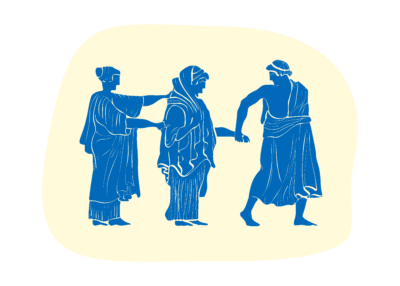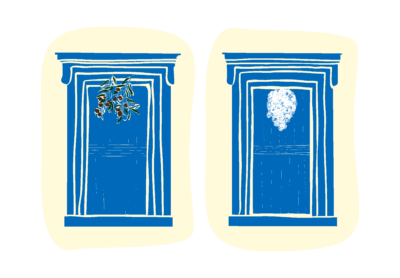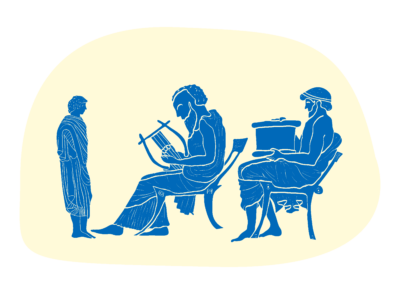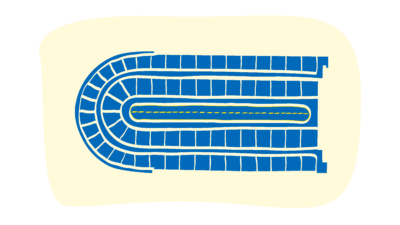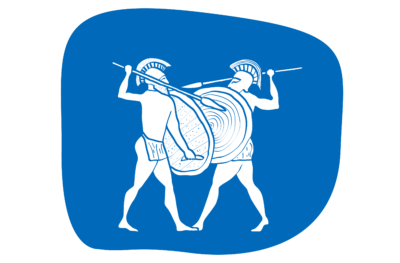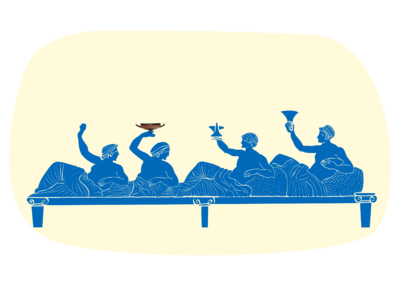Playing
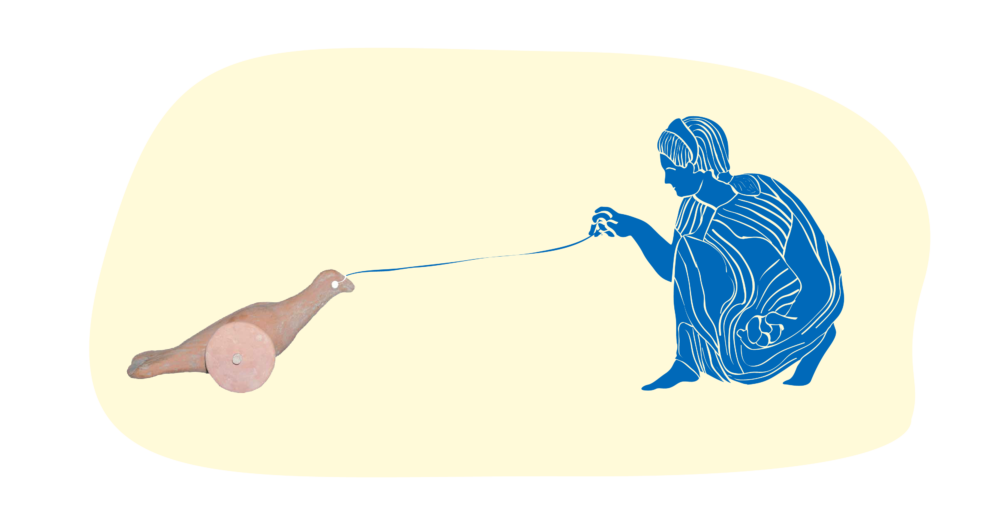
Playing with our friends
The days pass very quickly for Meliti and me, with various activities and obligations, but we always find time to play with our beloved friends. Many of the games we play resemble the ones you play today—only the names differ. These include dolls, the yoyo, jacks, ball, blind man’s buff, hopscotch, hide-and-seek and statues, to name a few.
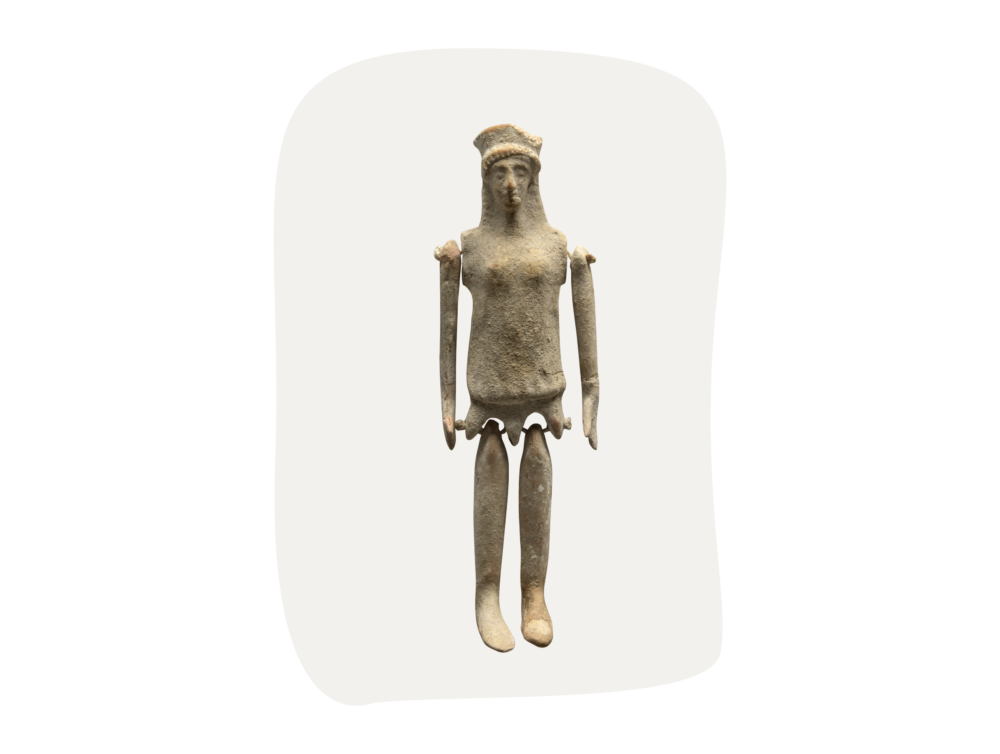
Plagones
In Ancient Greece, the doll was called a “plagona”. It was usually made of clay, and had elaborate hairstyles. Its clothes were usually painted but there were also cases where they were dressed with real clothes. Originally they were just figurines but they evolved into dolls with arms and legs attached to the torso with thread or wire to make them move like the doll we have here. These dolls had a hole in the top of the head so as the children could hang it by thread and move it as if it were dancing. The “plagones”, along with the miniature vases that you can see in the same display, were purely a woman’s toy since little girls were entertained with them. Apart from a toy, the “plagona”, was associated with girls’ coming of age and their role as women later in society and their families. Many of these clay “plagona”, have been found in shrines of deities since it was a custom for girls to dedicate their toys to the shrines before marriage. These toys were a symbol of their purity on the eve of their wedding and they offered them sometimes to the goddess. Hera who protected the marriage, and sometimes to the goddess Artemis.
Clay doll with moving arms and legs. Approx. 490 BC
TRY TO FIND:
Did you know that games like blind man’s buff, hopscotch, hide and seek, catch-catch, statues, ball and others were played by children in ancient Athens?
- Collect information on these games and play them with your friends.


